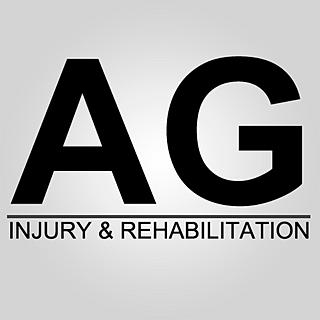Stages of Tendinopathy
- Arun Gray
- Jul 5, 2016
- 2 min read

"Tendinopathy" is the general term for Tendon Injury. The injuries occur at either the musculotendinous junction, mid-tendon or the tendon insertion at the bone; with the most common tendon injuries occurring near the joints.
Tendinopathy Continuum
It is useful to look at this process as a continuum, rather than a step by step process. The adaptations can mostly be reversed, if load is controlled. Jill Cook goes into detail about the continuum on her BJSM Podcast.

1. Reactive Tendinopathy
The reactive tendinopathy phase explains the normal tissue adaptation, where the tendon responds to overload. An increase in fluid causes the tendon to thicken, however no collagen adaptations take place so this process is fully reversible. Cook describes it simple as "a short term adaptation to overload that thickens the tendon, reduces stress and increases stiffness".
2. Tendon Dysrepair
Tendon dysrepair is the response to a continued, excessive overload and is present when the injury rate is greater than the repair rate. It is similar to the reactive stage however the tendon matrix begins to change as new vessels and nerves may develop.
3. Degenerative Tendinopathy
Degenerative tendons are more common in older people. It is usually the result of chronic overload, causing a number of structural changes to the tendon matrix including cell death. Further increases in vascularity and nerves leave the tendon thickened. These permanent changes may mask pain however, the changes in collagen weaken the tendon; increasing the risk of tendon rupture.
4. Tendon Tear/Rupture
The final stage of tendinopathy is a rupture or tear of the tendon. This is where the athlete has reaches the end of the continuum and the tendon structures are no longer strong enough to absorb load. This ultimately leads to catastrophic tissue breakdown and trauma. Surgery is often the only treatment if a tendinopathy reaches this stage.
How to treat a Tendinopathy
The main part of treatment/recovery for a tendinopathy is managing the load that is/was responsible for the issue.
The first stage of recovery is to follow the Acute Injury Management process outlined in my previous post here.
Have your biomechanics assessed by a therapist. Your posture/gait may be altered by muscular imbalances causing your tendons to take excessive load. This may be treated early through exercise.
Stretching and light range of movement exercises can help the early stages of injury by reducing cell necrosis and muscular atrophy (a loss of muscle). It will also help you maintain your range of motion while your activity levels may be reduced and reduce stiffness.
Arguably the most important part of rehab is to follow a eccentric strengthening programme! This will not only increase the strength of the joint involved in the tendinopathy, but it will also improve your tendons ability to store and release energy - a little like increasing the strength of a suspension spring in your car so that it can absorb better force when you go over bumps in the road.
Let me know what you think to this post in the comments below!







Comments